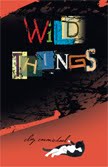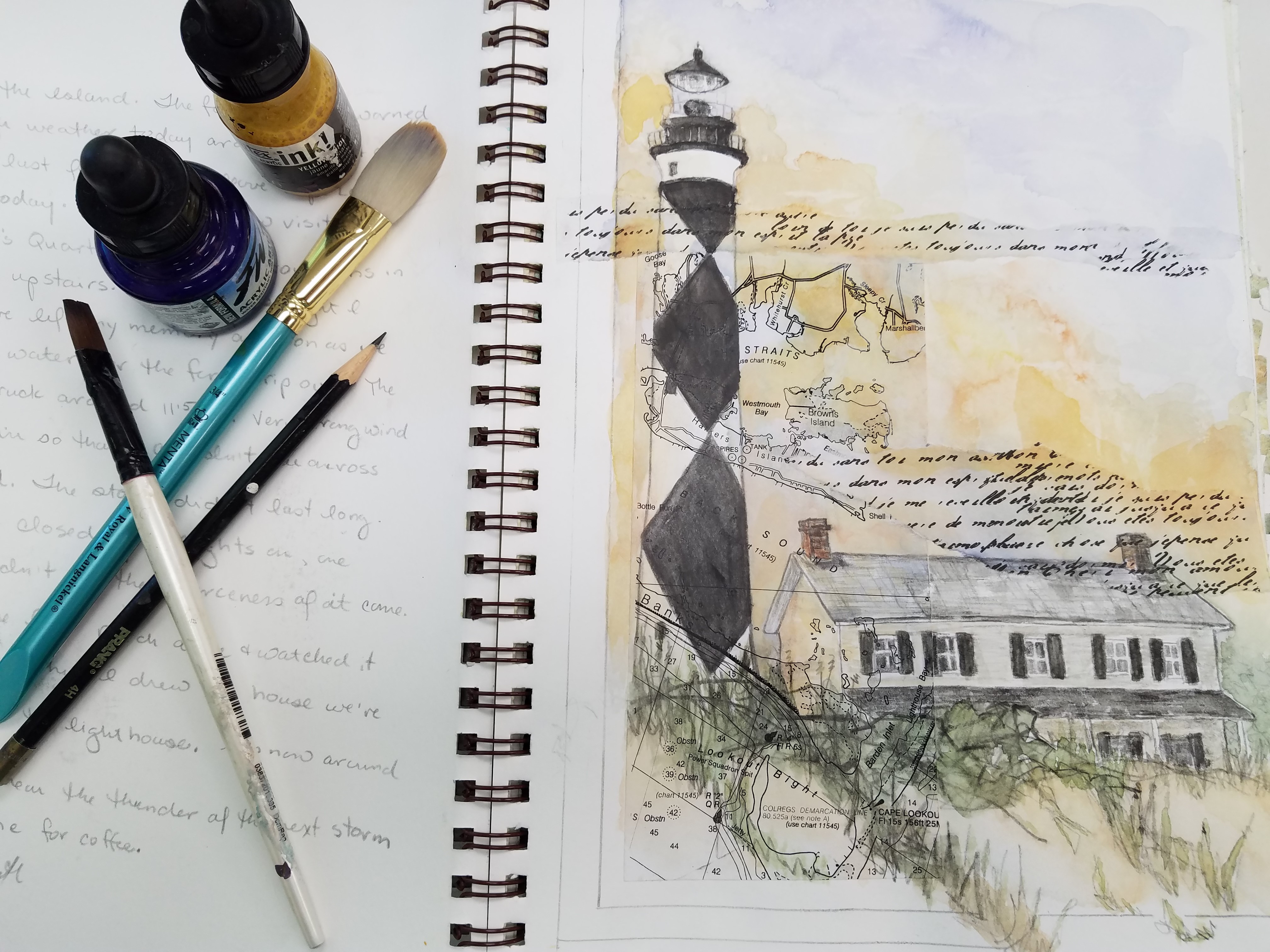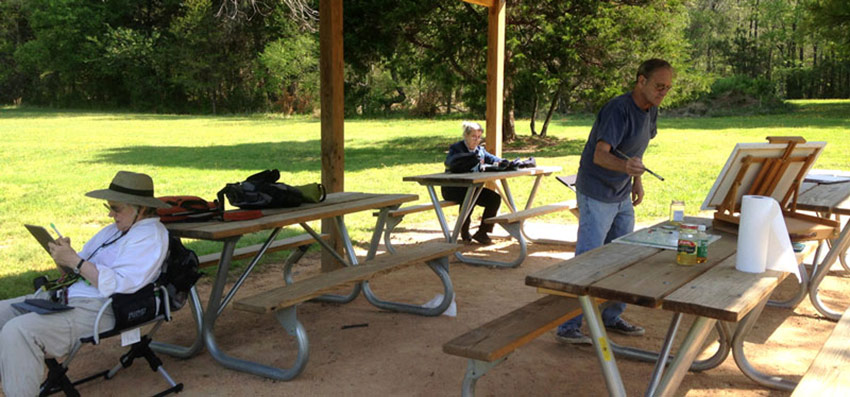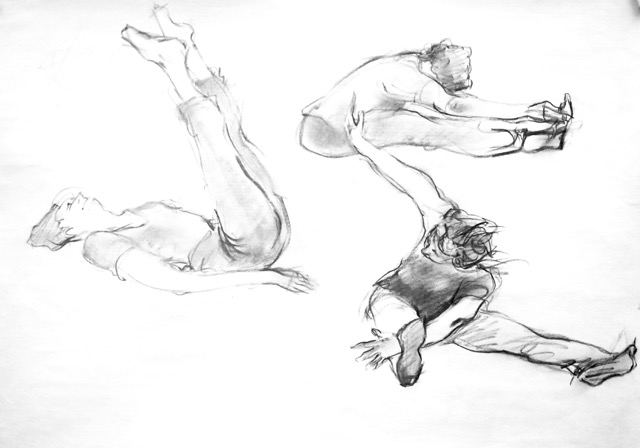Finishing up a yearlong art project left me drained and at loss of creative energy…
 In time, and it took a long time, that wild black-and-white cat came to trust me, and only me, the way the fictional cat in Wild Things comes to trust my main character Zoë, who has huge trust issues of her own. I, like Zoë, was patient, and, as in the book, one day that cat just decided about me. His cat heart shifted. He was sunning himself in the yard when I pulled into the drive. He was wary, as usual, as I got out of the car, but this time he didn’t bolt as I slowly approached him. Step by step I got closer, and closer still, and as I got to him he rolled over, showed me his belly and even let me scratch it. I have never felt so honored in my life.
In time, and it took a long time, that wild black-and-white cat came to trust me, and only me, the way the fictional cat in Wild Things comes to trust my main character Zoë, who has huge trust issues of her own. I, like Zoë, was patient, and, as in the book, one day that cat just decided about me. His cat heart shifted. He was sunning himself in the yard when I pulled into the drive. He was wary, as usual, as I got out of the car, but this time he didn’t bolt as I slowly approached him. Step by step I got closer, and closer still, and as I got to him he rolled over, showed me his belly and even let me scratch it. I have never felt so honored in my life.
That was the beginning of our many years together and in those years we grew close. I called him Mr. C’mere, because “C’mere” was what he came to. During our time together, I wrote, illustrated and published three picture books. He made a cameo appearance in the third. He wasn’t ever tame. Until he was quite old, he went off for weeks at a time and came home as spent and bloody as a drunken sailor from doing what tomcats do best. His story and eventful life went on for ten more years, but it was the early years and our mutual shifts of heart that I tried to capture in Wild Things.
Mr. C’mere and my first husband Sam died in the same year, within two months of each other. Mr. C’mere was very old, twenty the vet judged by his teeth. He died as peacefully as my husband did not. Loss is also a muse of Wild Things. The loss of love, of family, of home, of trust. At the beginning of Wild Things, the little girl Zoë has lost both her parents, along with any hope of a loving family, when her uncle Henry, a sculptor grieving the loss of his wife, takes her in.
But Wild Things isn’t a tragic novel. In telling Zoë and the cat’s story, I wanted to write about what comes after the pain and the loss, about the restoration of trust. I wanted to write about human and animal resilience, those mutual shifts of heart; about the power of love to heal the heart and transform it.
Which brings me to Wild Things other primary muse. One night, about three years after Sam and Mr. C’mere died, I was at a friends’ house admiring the beautiful stonework in their new outdoor pool, when I felt someone come up behind me, pick me up and dance me across the terrace. This someone was a sculptor, much like the sculptor I would later write about in Wild Things. He was someone I knew, though not well, but that changed pretty quickly. He and I were married six months later, and that was more than eight years ago. This muse I didn’t chase off, or have to work to win over. Sometimes muses take matters into their own hands.
I don’t want to make too much of the “real life” in my book. My friend the storyteller Donna Washington says all her stories are true, except for the parts she makes up. I could name a dozen lesser muses. I could tell you, for instance, that the lifelike wooden animals the teen boy Wil carves in Wild Things were absolutely inspired by the beautiful wooden animal carvings of Carl Boettcher’s Circus Parade, a magnificent moving fixture of my childhood in Chapel Hill, first in the Circus Room of the old Monogram Club where we bought our ice cream cones when we were kids, then in the old Carolina Inn cafeteria where I ate hundreds of meals with my family, and last, now, in the UNC Alumni Center where I visit the Circus from time to time. But I also need to say that Wild Things is a work of fiction, a story I made up. Though my life and people and animals I know and have known inform the story, the situations and characters in it are really alive only in my imagination, and, I hope, in the pages of the book. In all creative work—at least all of mine—life and imagination converge.
It’s my belief that all stories have happy endings depending on where you end them. I think I left Zoë and her cat in a promising place at the end of Wild Things. I live now very happily with my sculptor-husband in a beautiful sculpture-filled yard. Today, another mustachioed black-and-white cat from the shelter suns himself on the lawn. The house we live in, my muse Mrs. King’s former house, has heat and decent plumbing and stays warm and dry when it rains.
But I can see the Love Bungalow, the drafty little house where I wrote my first book and met Mr. C’mere, from my studio window. And Mr. C’mere’s stone grave stands at the edge of the sculpture garden. Both are daily reminders, as Zoë observes in Wild Things, that things are beginning and ending, all in some measure, all the time — that muses are everywhere.
Copyright 2009 & 2010 Clay Carmichael, All Rights Reserved. Used with permission.
Comments (1)
Leave a Reply
You must be logged in to post a comment.




Clay, thanks so much for sharing this three-part essay about the origins of “Wild Things.” You have touched my heart with this reminiscence.
Anita